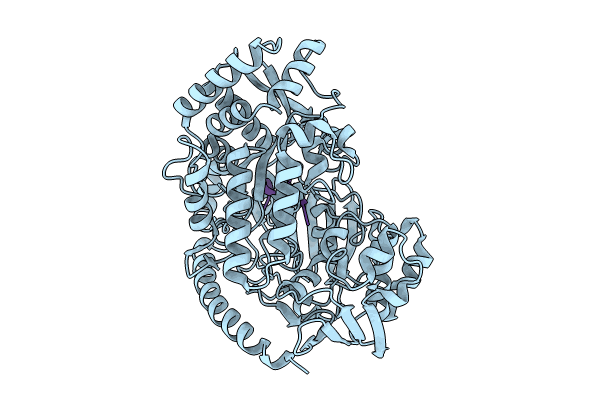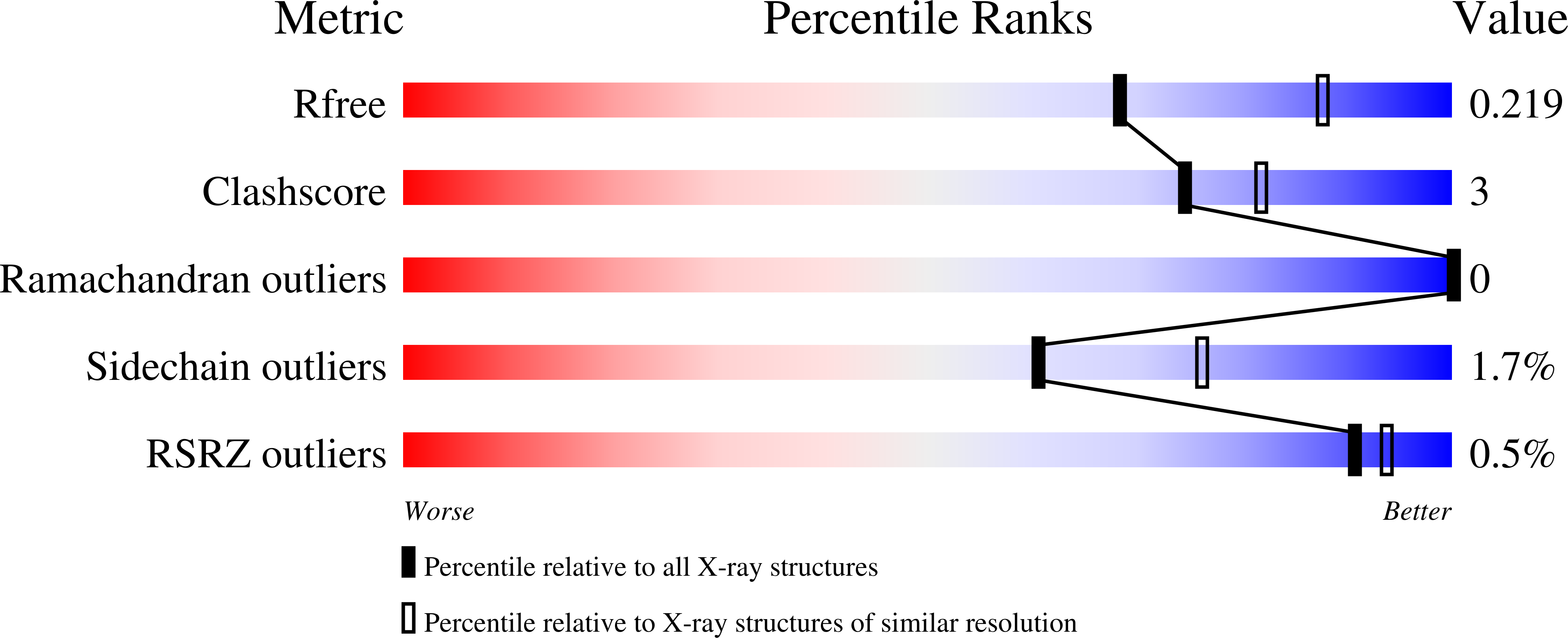
Deposition Date
2023-09-20
Release Date
2024-05-22
Last Version Date
2024-07-03
Entry Detail
PDB ID:
8QLK
Keywords:
Title:
Crystal structure of the pneumococcal Substrate-binding protein AliB in complex with Peptide 2
Biological Source:
Source Organism:
Streptococcus pneumoniae (Taxon ID: 1313)
synthetic construct (Taxon ID: 32630)
synthetic construct (Taxon ID: 32630)
Host Organism:
Method Details:
Experimental Method:
Resolution:
2.29 Å
R-Value Free:
0.21
R-Value Work:
0.16
R-Value Observed:
0.16
Space Group:
P 1 21 1


